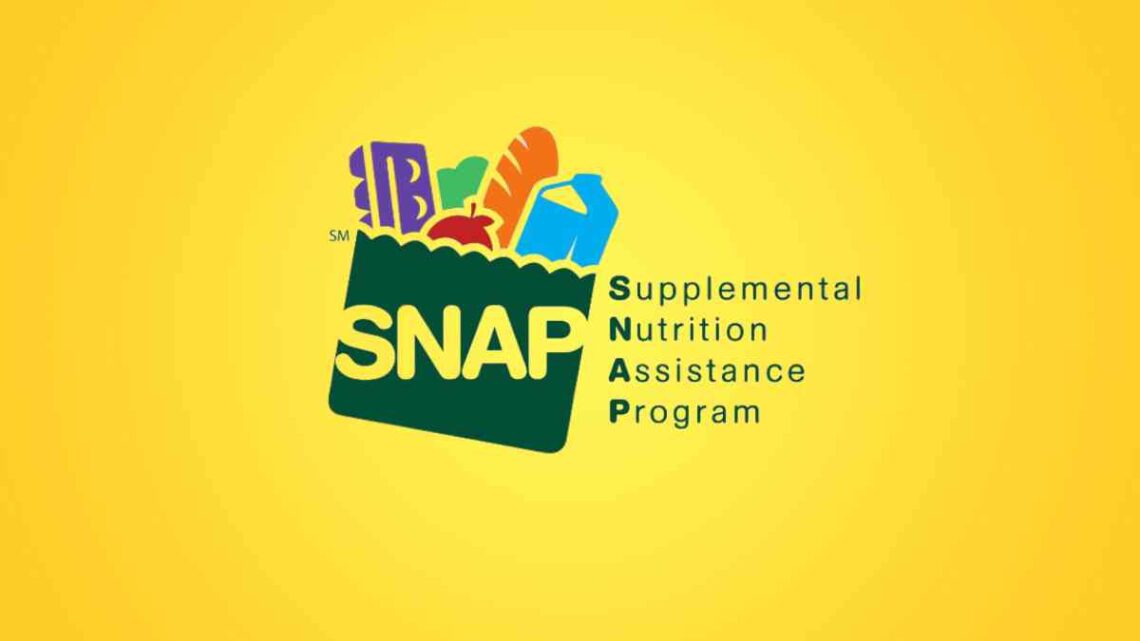USDA and the Food and Nutrition Service (FNS) fund the SNAP program. D-SNAP stands for Disaster SNAP. This is the way the FNS has to provide food support to American citizens who have been severely affected by an emergency situation or a natural disaster. Bear in mind tornadoes, hurricanes, and floods can destroy houses and all the food it has as well as cause power outages.
The FNS is in charge of coordinating with many voluntary or tribal organizations, territories and states. In this way, they can help those who are facing food insecurity due to a disaster. “FNS may authorize D-SNAP when the President declares a major disaster,” said USDA.
Who can qualify for D-SNAP?
For your information, Americans who may not qualify for SNAP (Food Stamps) may qualify for Disaster SNAP. This is possible when they lose their income, their property is damaged, the food is lost due to power outages, and relocation expenses.
If you have never collected D-SNAP, you need to know that once you get approval you will receive money through an EBT card. EBT stands for Electronic Benefits Transfer card.
With this D-SNAP EBT card you will be able to buy the food you need in authorized stores or food retailers. Remember that you can only buy SNAP-eligible food items. If you are already receiving SNAP benefits, you may get additional Food Stamps thanks to the D-SNAP program.
What is D-SNAP in GA?
If you have been impacted by Hurricane Helene, you may qualify for D-SNAP. In fact, you can apply to receive a one-time benefit to help you buy food. The Disaster Supplemental Nutrition Assistance Program will be run in 4 phases.
They will go from Monday, October 21, through Saturday, November 23, 2024. Do not forget that some phases may have already passed. Therefore, you can no longer apply. That is the case with phases 1 and 2.
- Phase 3 will take place from Thursday, November 7, 2024, to Thursday, November 14, 2024, excluding Sunday, November 10, and Monday, November 11, 2024, for the counties of Burke, Columbia, Glascock, Jefferson, Jenkins, Lincoln, McDuffie, Richmond, Screven, Taliaferro, Warren, and Washington.
- Phase 4 will occur from Monday, November 18, 2024, to Saturday, November 23, 2024, for the counties of Appling, Bulloch, Candler, Dodge, Emanuel, Evans, Jeff Davis, Johnson, Laurens, Montgomery, Tattnall, Telfair, Toombs, Treutlen, Wayne, and Wheeler.
Source: Georgia DHS
What is D-SNAP in Florida?
- D-SNAP provides food assistance for individuals and families affected by Hurricanes Helene and Milton who are not already receiving regular SNAP benefits. It is implemented by the Florida Department of Children and Families (DCF) in partnership with the USDA.
- To qualify, applicants must have lived in a disaster-declared county at the time of the hurricanes, must have suffered disaster-related losses like home damage, food loss, income loss, or disaster expenses, and must meet financial eligibility requirements.
- D-SNAP is being implemented in phases by county. Pre-registration is required by all applicants either online or by phone. DCF is offering phone interviews to expedite service, and will also host in-person events for those who can’t participate by phone.
- Eligible recipients will receive an EBT card in the mail that can be used to purchase food at authorized retailers. The amount is intended to meet the household’s food needs in the short-term after the disaster.
- Even those who don’t normally qualify for SNAP may be eligible for D-SNAP if they live in the disaster area and meet the criteria. Regular SNAP recipients may also get a supplement up to the maximum allotment for their household size.
Source: https://www.myflfamilies.com/DSNAP
What is D-SNAP in NC?
- D-SNAP was implemented in 25 western NC counties from Oct. 18-24, 2024 following Hurricane Helene. It provided benefits to people affected by the hurricane who were not already receiving regular SNAP benefits.
- To be eligible, applicants must have lived in a disaster-declared county, suffered losses/damage related to Hurricane Helene, provide proof of identity and residency if available, and meet certain income and resource limits.
- People had to pre-register online or by phone, then complete an interview by phone or in-person. Over 164,000 individuals were approved for D-SNAP benefits in Phase 1.
- D-SNAP benefits are issued on an EBT card that can be used to purchase food at authorized retailers for up to 9 months. The amount is intended to meet short-term food needs after the disaster. A family of four could receive approximately $975.
- Those not eligible for D-SNAP can apply for regular FNS benefits through their county DSS office, or for WIC benefits if pregnant or have young children. Calling 2-1-1 can also connect people to nearby food resources.




